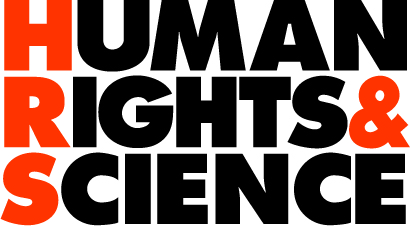1. Say Thank You
HR&S lets the major gift donors know (more than once!) that the team appreciate their generosity. If they agree, HR&S gives them public recognition as well.
2. HR&S invites major givers to Events
In addition to the standard fundraising events that HR&S invites major gift donors to, HR&S holds special get-togethers for the top-tier givers.
3. Keep Major Gift donors in the Loop
If a major gift donor supported a specific project, then HR&S gives them regular updates on the status of that project. If they gave to the annual fund, HR&S gives them specific examples of what their money is going toward.


